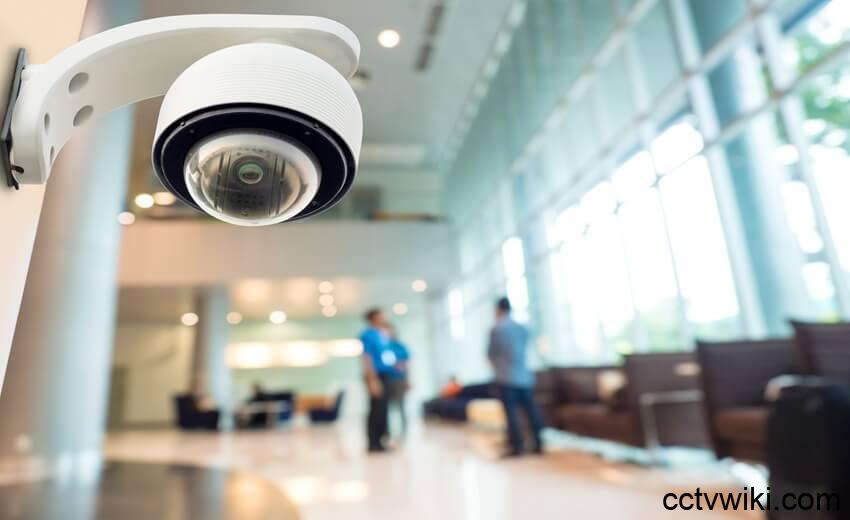In the realm of security, video surveillance has long been a cornerstone of protecting buildings and properties, but increasingly, its role is expanding to encompass sustainability. This article explores how video surveillance technology is now being leveraged to drive building sustainability initiatives worldwide.
The global trend towards building sustainability is undeniable. Commercial and residential structures are increasingly designed and constructed with environmental consciousness at their core, focusing on waste reduction, pollution control, and energy efficiency.
Security systems, particularly video surveillance, are emerging as key allies in this movement. Beyond their traditional role of safeguarding buildings, video surveillance systems are now contributing to sustainability in multifaceted ways:
Smarter Building Operations Through Surveillance
Video surveillance is enabling smarter, more automated, and efficient building operations. Similar to how access control systems provide detailed occupancy data, AI-powered video analytics can now visually assess occupancy levels in different areas. This real-time information can trigger automated adjustments to HVAC systems and lighting, switching them on or off based on actual usage, thereby preventing unnecessary energy waste. Furthermore, surveillance data can reveal underutilized spaces, empowering facility managers to optimize space allocation and usage.
Preventing Resource Waste with Intelligent Monitoring
The integration of cameras with advanced analytics allows for the early detection of critical issues such as water leaks, smoke, or abnormal equipment behavior. By pinpointing these problems in their initial stages, large-scale waste and potential damage can be prevented. Continuous monitoring of energy-intensive processes is also facilitated. For instance, in warehouses or data centers, surveillance systems can ensure that doors remain closed and refrigeration units are properly sealed, minimizing energy loss.
Reducing Carbon Footprint Through Cloud and AI
A well-implemented video surveillance system can significantly reduce a building’s carbon footprint. Opting for a cloud-based setup, for example, minimizes the need for on-site servers and related equipment, which are typically energy-intensive. Cloud-based video surveillance also facilitates remote monitoring, reducing the reliance on physical patrols and, consequently, decreasing vehicle fuel consumption and emissions. Artificial intelligence further contributes by enabling predictive maintenance. AI algorithms can identify malfunctioning cameras or infrastructure components before they fail, reducing the frequency of unnecessary service trips and hardware replacements.
Supporting Green Building Certifications
Internationally recognized building certifications such as LEED (Leadership in Energy and Environmental Design) provide a framework for creating healthy, efficient, and cost-saving green buildings. Video analytics play a crucial role in documenting sustainability initiatives, such as recycling compliance and the safe handling of waste, thereby supporting the attainment of LEED or WELL building certifications.
Environmental Features in Cutting-Edge Cameras
Many modern camera models are now equipped with integrated environmental features that actively contribute to building sustainability. Axis Communications, for example, has introduced the AXIS Q6318/15-LE, AXIS Q6215/25-LE, and AXIS Q6135-LE cameras, all of which feature a low power mode. The company has also announced that all future Q-line products will include low power mode as a standard feature.
According to an Axis blog post, low power mode deactivates the internal heater within the camera. While maintaining an internal temperature of 20 degrees Celsius is generally necessary, cameras in colder environments rely on internal heaters, which consume substantial amounts of energy. The low power mode feature disables the heater when the ambient temperature is sufficiently high, resulting in reduced power consumption.
Furthermore, these camera models incorporate built-in power meters that meticulously measure the camera’s energy usage. “The power meter provides the opportunity to measure the energy consumption of nearly every component of the camera – from the speed at which PTZ cameras move, to whether infrared illumination is activated, to different frame rates, and more,” the blog explains. “With this information and the right tools, users can individually configure cameras to optimize energy consumption while still meeting the specific requirements of the customer’s use case.”

